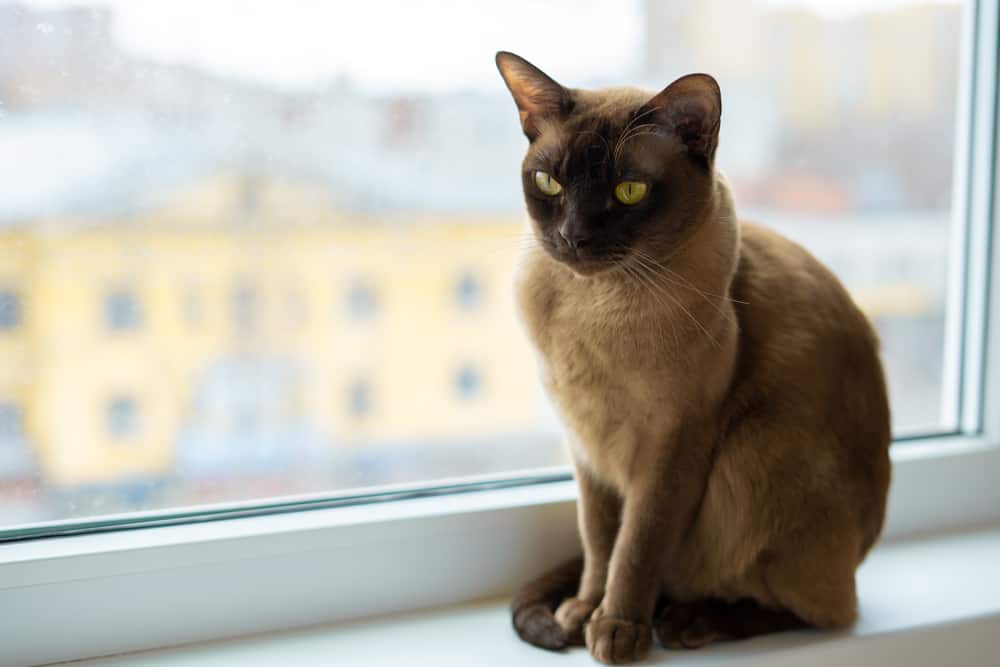Do all cats shed? Yes, they do – afraid so! If you are someone who suffers from cat allergy or someone who just doesn’t like to be constantly covered in cat hairs this is probably not the answer you were looking for! But, not all things are equal. Some cats shed less than others, some cats only shed at certain times of the year and often you can reduce cat shedding by following a few overlooked tips.
Read on to learn about cat shedding, who sheds least, and what you can do about cat shedding.
What Is Cat Shedding?
What is cat shedding? What we mean by that phrase is hair loss on your cat. But not just any old hair loss. We are talking about uniform hair loss.
We are not talking about losing patches of fur or even all your cat’s hair falling out at once – simply put, we are talking about your cat losing hair evenly without complete hair loss in patches or all over.
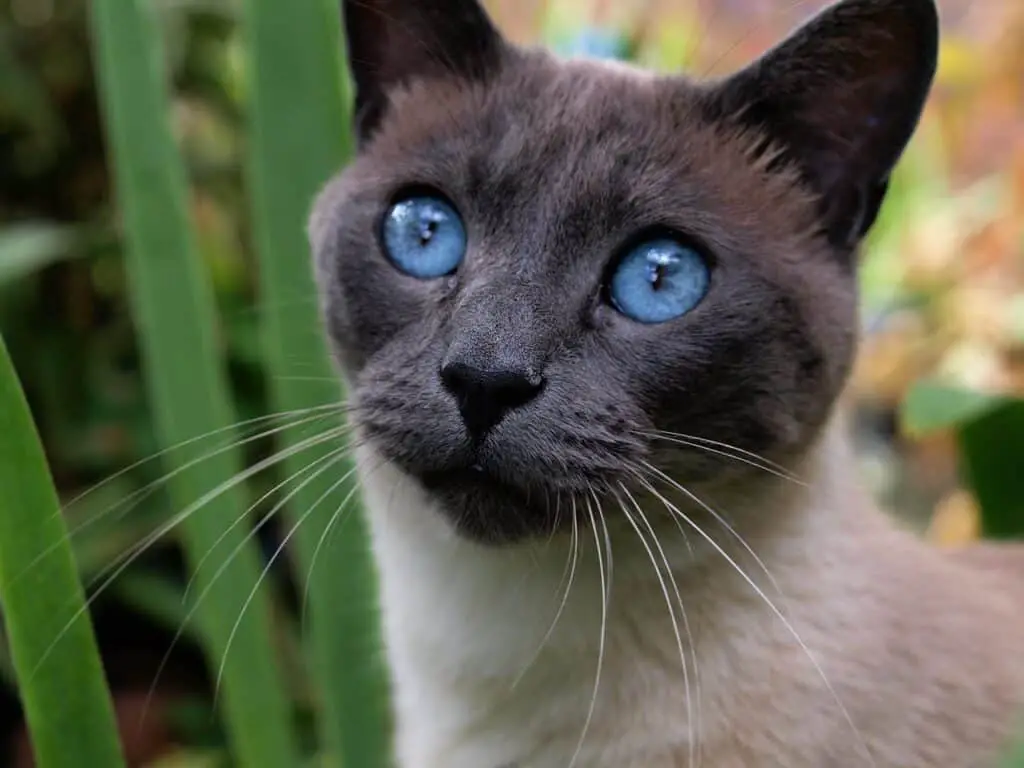
Why Do Cats Shed?
So why do cats shed? It seems profligate to grow hair only to lose the hair?!? What is going on?
Simply put, your cat’s hair is going through a lifecycle. The life cycle has four distinct development periods that usually take place over about a year (but not necessarily in all cats as we will see later).
The initial phase is the anagen phase where new hair sprouts in the hair follicles, then the catagen phase occurs where the hair grows out to length, then the telogen phase is a period of relative dormancy where the hair no longer grows and simply does its job in situ, the final stage is the exogen phase where older hair is dropped to make room for new hair and for the lifecycle to begin again.
But why? Why not have an everlasting telogen phase – a perfect length forever?
Basically, the hair does wear out and becomes less heat efficient with age. Many, but not all, cats have a requirement for a winter coat that is heat efficient but then need a lighter coat in spring and summer. The ideal option is to grow a winter coat and then lose it each year for the spring then each winter they have a fresh, efficient coat.
Do All Cats Shed The Same?
Do all cats shed the same? I think you might know the answer to this! If it is all about regenerating hair for the winter or regenerating hair simply due to wear and tear then not all cats are going to shed the same. Let’s look at some of the variations out there.
First off, in general, shorthair cats tend to shed more often as their cycle is generally faster than that of long hair cats.
Long hairs take longer growing hair out in the catagen phase as their hair grows at the same rate but to a longer length. This makes their overall hair life cycle longer – but the volume of hair on a longhair is greater so it can appear that the hair loss is greater by volume. To complicate matters, long hair cats tend to shed in clumps which looks way worse!
And then you have some cats that are hairless, some are single coats, and some that have double coats.
Hairless cats like sphynx cats appear at first glance to be hairless – but they usually have a thin layer of very fine hair – and they still shed, it is just that the volume is massively reduced compared to cats with full coats. You won’t need to groom a sphinx much, but you will have to bathe them instead!
Single coat cats tend to come from hotter climates – think Siamese cats, Burmese cats, Japanese bobtail, Oriental shorthair, etc. They have less hair as they have a single coat that is made of shorter, finer hair. They don’t require a winter coat as they have no winter – but they do need a coat to protect their skin and it does get damaged by UV and general wear and tear. Because their hair is shorter and finer, even though they shed, they seem to shed less volume and less noticeably.
Basically, a cat with a double coat has a layer of fine hair near the skin and a heavier layer of longer hair over the top. They can still be short or longhair cats. Often they will shed the majority of the outer coat seasonally and then regrow for the winter period. Persian cats are an example of a long hair cat with a double coat.

Do Cats Shed All Year Round?
Do cats shed all year round? In natural circumstances, cats shed with the seasons. So a cat that lives in a latitude that has a winter and a summer would normally shed in the spring and in the fall giving them a heavy and light coat at different parts of the year to suit the season.
This shedding would typically be controlled by light levels in the environment at these times of the year. An indoor cat living in the same region may end up in a never-ending cycle of shedding due to artificial light messing with their cycle.
A cat living in a tropical zone near the equator where the seasons are wet or dry and daylight hours are roughly the same all year around is most likely a single-coat, short-haired cat with a fine layer of hair. They are living in warm temperatures so do not require a heavy winter coat.
These cats do not appear to shed much as their coats are fine and lightweight and shed year round so there is no noticeable dropping stage like you might get with other cats. Such cats include the Siamese and Burmese cats.
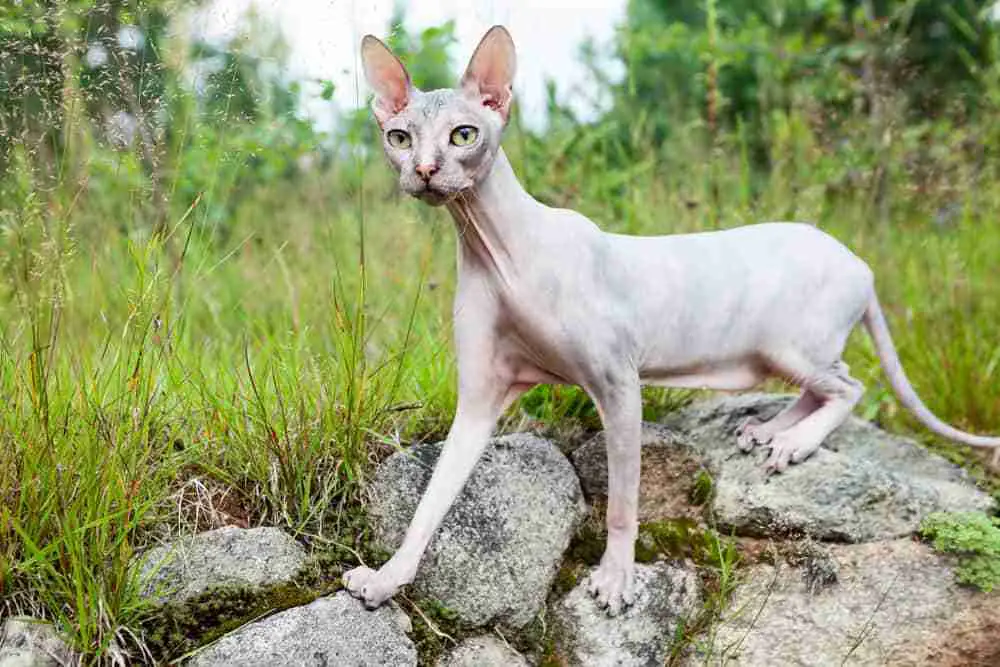
Are There Any Cat Breeds That Shed Less?
By now you will understand that all cats shed but some choices are better than others! If you don’t want noticeable clumps of hair around the place the best breeds to opt for are single-coat cat breeds that have a short and superfine coat. You don’t want a long-haired double-coated cat like a Persian if you have a problem with cat hair! (But if you do we have some tips for you below)
Here are some of the best breeds for people who are not so fond of cat hair :
Sphynx – called hairless, but really a cat with a sporadic, thin, coat of very fine hair.
Devon Rex, Cornish Rex – cats with a short, fine coat that are considered to be low shedding cats.
Siamese, Oriental Shorthair, Burmese, Japanese bobtail, Korat, Thai, Singapura, Snowshoe siamese, Ocicat, Asian shorthair (Burmese color variant), Tonkinese – all shorthair cats with single coats, most of which originate in arid, or tropical regions.
It is also worth considering that you might not need to get a purebred cat to minimize shedding. A standard domestic short or longhair cat with a single coat is likely to be a good option if cat hair is unwanted. Simply part the fur of the prospective cat and check for a downy undercoat. If you can find a cat without the undercoat or a minimized undercoat they will probably shed less volume!
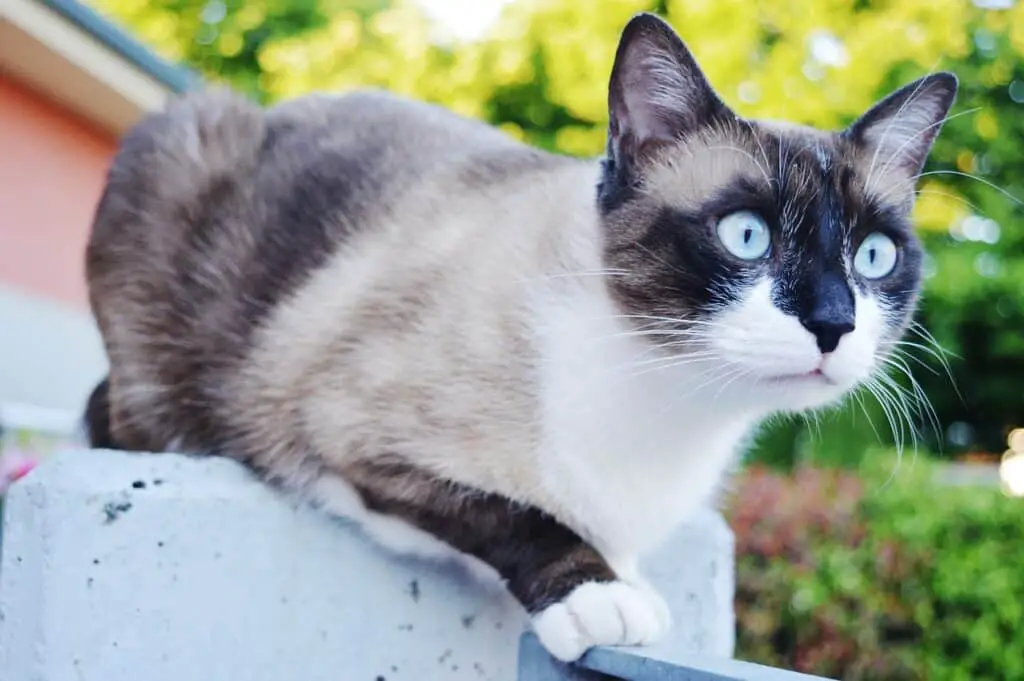
Can Diet Change Shedding?
Have you heard that diet can reduce shedding? It makes sense really that a cat with a poor diet would lose condition and probably shed more.
If your cat lacks certain nutrients it can cause excessive shedding. The main nutrients to consider are protein and fat. Protein forms the building blocks of the body and fat can provide valuable fatty acids like omega 3 and 6 that are known to promote healthy skin and coat.
Basically, make sure your cat is getting a diet that is rich in animal protein, not plant protein. The animal protein should make up at least 45% dry weight of the foods they eat. Then make sure your cat’s diet includes 25 – 35% by dry weight of fats that include the two omega fatty acids.
These two components are critical building blocks for your cat’s body and the production of healthy skin and hair.

Any Other Tips To Reduce Shedding?
Ok, so you already have a cat, a domestic shorthair that is double coated, so potentially you have hair all over the place – especially if they are an indoor cat and their hair life cycle is all over the place – what can you do to reduce the problem?
Check Diet
First off, check the diet. This has to be on point. No opting for the cheapest deal at Costco! Diet is the main input you can vary that can impact your cat’s health so make sure your cat is having all of its dietary needs met – if you have to supplement with omega oil/fish oils then do so but consult a veterinarian so you get the correct daily dose – to much oil in the diet can be counterproductive to your cat’s health.
Groom Regularly
Secondly, groom your cat as often as possible, potentially daily. This won’t reduce shedding but will control the distribution of hair around your environment and cut down on the amount of hair that finds its way onto your clothes and furniture.
Bathe Your Cat
Thirdly, bathe your cat regularly. Bathing your cat will remove loose hair much like grooming with a brush but it is thought that bathing with warm water may induce hair follicles to release older hair, speed up the exogenic phase, and get shedding phases over quicker.
Alter The Shedding Cycle
Fourthly, alter your cat’s cycle by putting them outdoors more often so they shed at the appropriate times rather than continuously all year.
Get A Haircut!
Lastly, consider a hair trim at the groomers so when they do shed they only shed shortened hairs. Obviously, this is a better idea if your cat is an indoor cat as their coat is not needed so much for body temperature preservation…
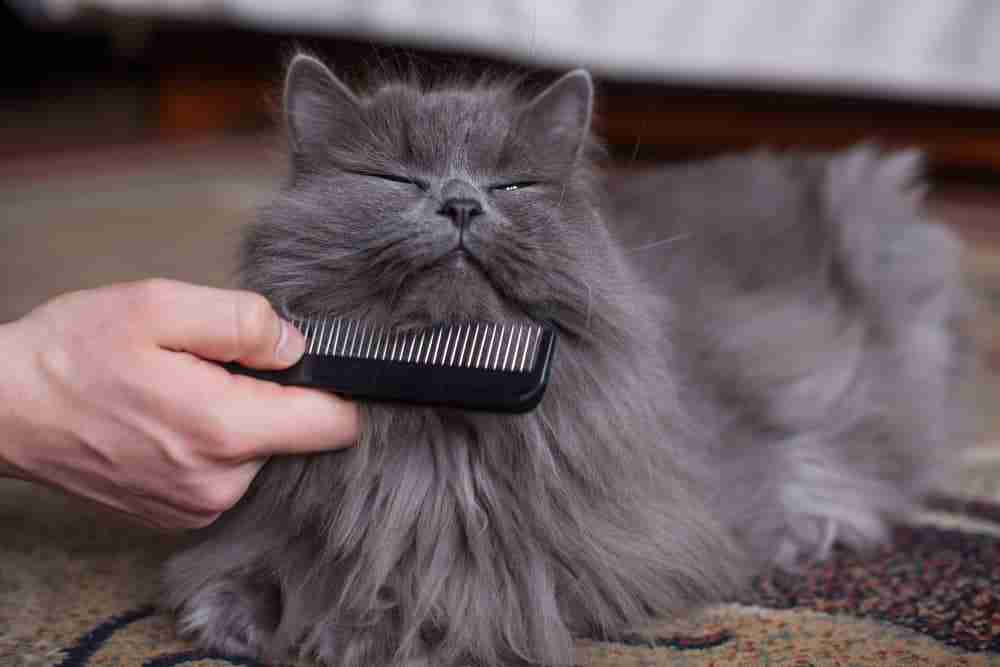
Is My Cat Shedding Too Much?
Is your cat shedding too much? Maybe they are shedding all year round in copious amounts? The time to worry is when your cat shows bare patches of skin.
Hair loss can be caused by all sorts of things in cats – some of which need medical intervention.
Parasites, allergies, poor diet, stress, and underlying skin conditions can all cause hair loss. If your cat is showing signs of patchy or excessive, continuous hair loss it may be worthwhile changing the diet and visiting a vet to eliminate any underlying issues that might be affecting your cat.
Final Thoughts.
All cats shed, even so-called hairless cats! But some shed less than others depending on the type of coat they have, the lifestyle they lead and the diet they are on.
If you want a cat but want to minimize cat hair in your environment consider getting a short hair, single-coat cat, put them on the best diet you can find, groom them regularly and make sure they have minimal daily stress. This should result in a more tolerable hair-free environment.
